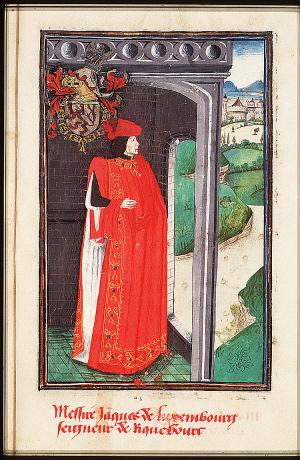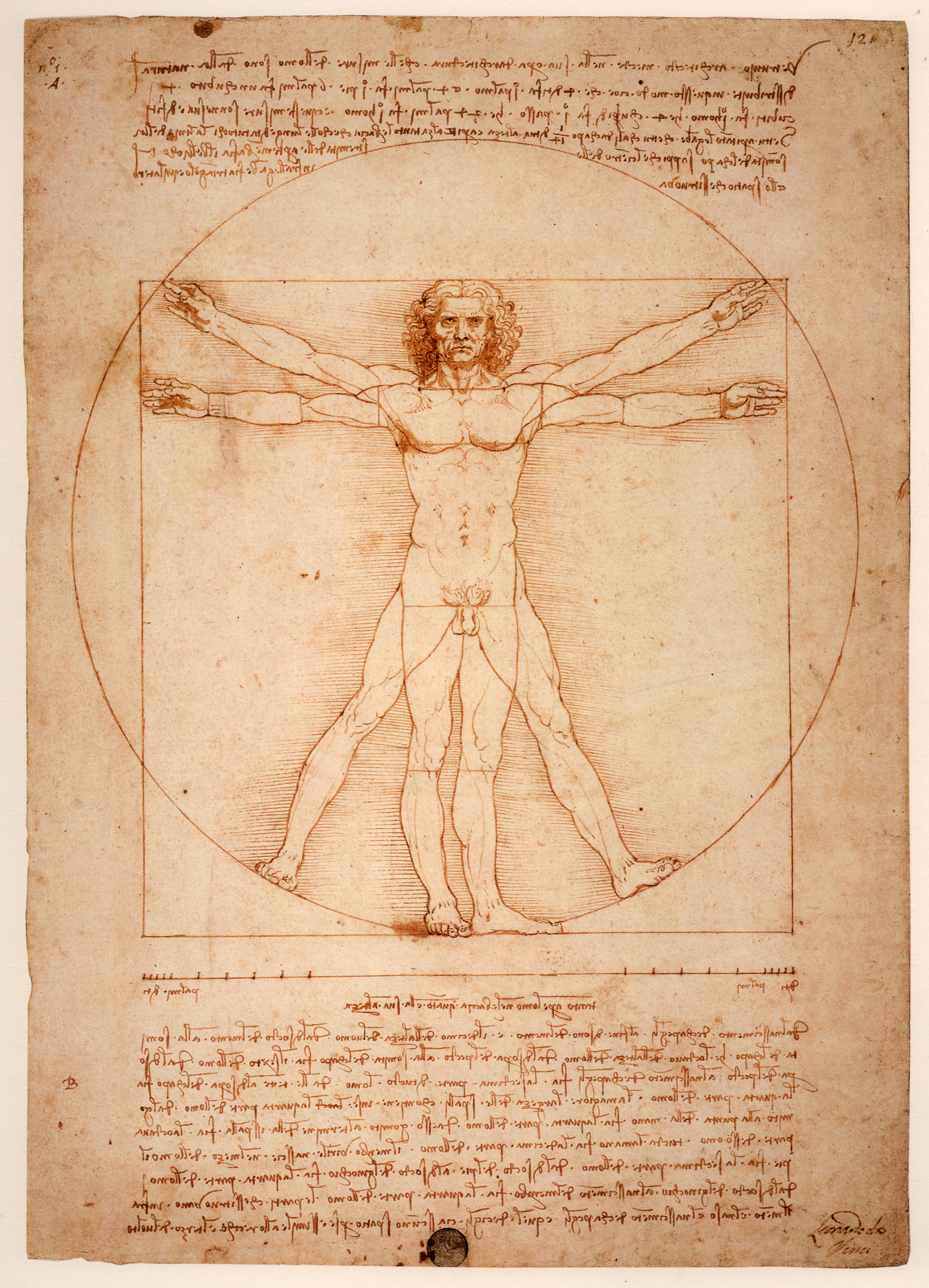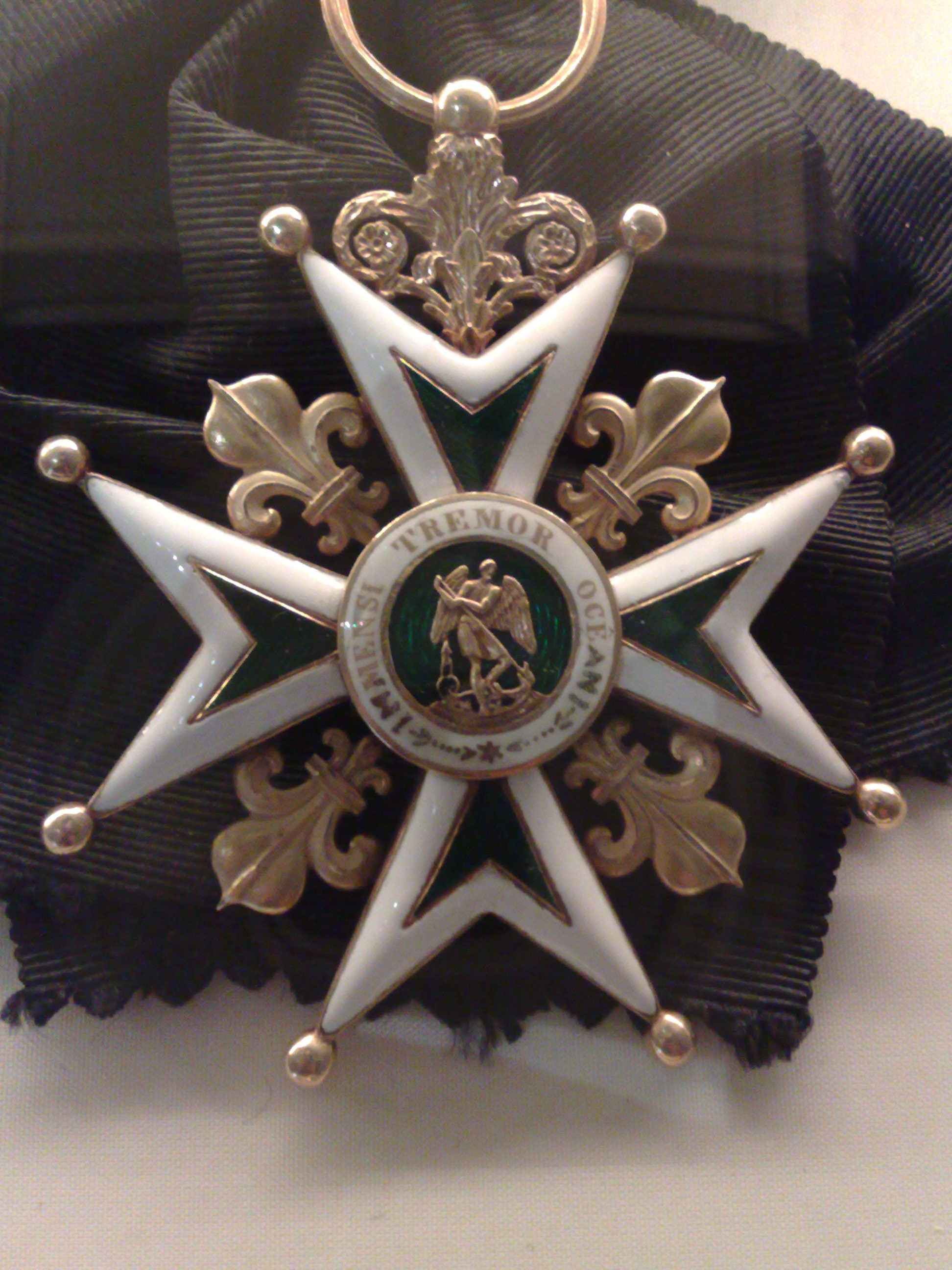|
Jacques De Luxembourg, Seigneur De Richebourg
Jacques de Luxembourg, Seigneur de Richebourg (1426 – Nantes, 20 August 1487) was a French noble who served Charles the Bold, Duke of Burgundy and later King Louis XI of France. Life Jacques was the third son of Peter I, Count of Saint-Pol and Margaret of Baux. He fought beside Arthur de Richemont, Constable of France, at Formigny. He was knighted after the Battle of Gavere on 23 July 1453. In the following years, he served Charles the Bold, Duke of Burgundy as an army commander. In 1468 he was awarded the Order of the Golden Fleece. Supporting the Burgundians, Jacques was wounded and captured by the French near Arras Arras ( , ; pcd, Aro; historical nl, Atrecht ) is the prefecture of the Pas-de-Calais Departments of France, department, which forms part of the regions of France, region of Hauts-de-France; before the regions of France#Reform and mergers of .... While convalescing in Paris, he agreed to serve Louis XI and was made chamberlain. He received the Frenc ... [...More Info...] [...Related Items...] OR: [Wikipedia] [Google] [Baidu] |
Order Of The Golden Fleece
The Distinguished Order of the Golden Fleece ( es, Insigne Orden del Toisón de Oro, german: Orden vom Goldenen Vlies) is a Catholic order of chivalry founded in Bruges by Philip the Good, Duke of Burgundy, in 1430, to celebrate his marriage to Isabella of Portugal. Today, two branches of the order exist, namely the Spanish and the Austrian Fleece; the current grand masters are Felipe VI, King of Spain and Karl von Habsburg, head of the House of Habsburg-Lorraine, respectively. The Grand Chaplain of the Austrian branch is Cardinal Christoph Schönborn, Archbishop of Vienna. The separation of the two existing branches took place as a result of the War of the Spanish Succession. The grand master of the order, Charles II of Spain (a Habsburg) had died childless in 1700, and so the succession to the throne of Spain and the Golden Fleece initiated a global conflict. On one hand, Charles, brother of the Holy Roman Emperor, claimed the crown as an agnatic member of the House of Ha ... [...More Info...] [...Related Items...] OR: [Wikipedia] [Google] [Baidu] |
15th-century French People
The 15th century was the century which spans the Julian dates from 1 January 1401 ( MCDI) to 31 December 1500 ( MD). In Europe, the 15th century includes parts of the Late Middle Ages, the Early Renaissance, and the early modern period. Many technological, social and cultural developments of the 15th century can in retrospect be seen as heralding the "European miracle" of the following centuries. The architectural perspective, and the modern fields which are known today as banking and accounting were founded in Italy. The Hundred Years' War ended with a decisive French victory over the English in the Battle of Castillon. Financial troubles in England following the conflict resulted in the Wars of the Roses, a series of dynastic wars for the throne of England. The conflicts ended with the defeat of Richard III by Henry VII at the Battle of Bosworth Field, establishing the Tudor dynasty in the later part of the century. Constantinople, known as the capital of the world an ... [...More Info...] [...Related Items...] OR: [Wikipedia] [Google] [Baidu] |
House Of Luxembourg
The House of Luxembourg ( lb, D'Lëtzebuerger Haus; french: Maison de Luxembourg; german: Haus Luxemburg) or Luxembourg dynasty was a royal family of the Holy Roman Empire in the Late Middle Ages, whose members between 1308 and 1437 ruled as kings of Germany and Holy Roman emperors as well as kings of Bohemia, Hungary and Croatia. Their rule was twice interrupted by the rival House of Wittelsbach. History This royal Luxembourg dynasty were not direct descendants of the original counts of Luxembourg, but descended instead from their relatives, a cadet branch of the Lotharingian ducal House of Limburg-Arlon. In 1247 Henry, younger son of Duke Waleran III of Limburg inherited the County of Luxembourg, becoming Count Henry V of Luxembourg, upon the death of his mother Countess Ermesinde. Her father, Count Henry "the blind", was count of Namur, through his father, and Luxembourg, through his mother, who was also named Ermesinde. This elder Ermesinde was a member of the original H ... [...More Info...] [...Related Items...] OR: [Wikipedia] [Google] [Baidu] |
1487 Deaths
Year 1487 ( MCDLXXXVII) was a common year starting on Monday (link will display the full calendar) of the Julian calendar. Events January–December * January 29 – Richard Foxe becomes Bishop of Exeter. * March – Sigismund, Archduke of Austria, largely on the poor advice of his counselors, declares war on Venice, and seizes silver mines in and around the Sugana Valley. * May 24 – Lambert Simnel is crowned King "Edward VI of England" in Christ Church Cathedral, Dublin, Ireland. He claims to be Edward Plantagenet, 17th Earl of Warwick, and challenges Henry VII for the throne of England, where he lands on June 5. * June 16 – Battle of Stoke Field: The rebellion of pretender Lambert Simnel, led by John de la Pole, Earl of Lincoln, and Francis Lovell, 1st Viscount Lovell, is crushed by troops loyal to Henry VII. * August – Bartolomeu Dias leaves Lisbon, on his voyage to the Cape of Good Hope. * August 13 – The Siege of Málaga (1487 ... [...More Info...] [...Related Items...] OR: [Wikipedia] [Google] [Baidu] |
1426 Births
Fourteen or 14 may refer to: * 14 (number), the natural number following 13 and preceding 15 * one of the years 14 BC, AD 14, 1914, 2014 Music * 14th (band), a British electronic music duo * ''14'' (David Garrett album), 2013 *''14'', an unreleased album by Charli XCX * "14" (song), 2007, from ''Courage'' by Paula Cole Other uses * ''Fourteen'' (film), a 2019 American film directed by Dan Sallitt * ''Fourteen'' (play), a 1919 play by Alice Gerstenberg * ''Fourteen'' (manga), a 1990 manga series by Kazuo Umezu * ''14'' (novel), a 2013 science fiction novel by Peter Clines * ''The 14'', a 1973 British drama film directed by David Hemmings * Fourteen, West Virginia, United States, an unincorporated community * Lot Fourteen, redevelopment site in Adelaide, South Australia, previously occupied by the Royal Adelaide Hospital * "The Fourteen", a nickname for NASA Astronaut Group 3 * Fourteen Words, a phrase used by white supremacists and Nazis See also * 1/4 (other) * Fo ... [...More Info...] [...Related Items...] OR: [Wikipedia] [Google] [Baidu] |
Order Of Saint Michael
, status = Abolished by decree of Louis XVI on 20 June 1790Reestablished by Louis XVIII on 16 November 1816Abolished in 1830 after the July RevolutionRecognised as a dynastic order of chivalry by the ICOC , founder = Louis XI of France , higher = Order of the Holy Spirit , lower = Order of Saint Louis , image2 = , caption2 = Ribbon of the Order The Order of Saint Michael (french: Ordre de Saint-Michel) is a French dynastic order of chivalry, founded by King Louis XI of France on 1 August 1469, in competitive response to the Order of the Golden Fleece founded by Duke Philip the Good of Burgundy, Louis' chief competitor for the allegiance of the great houses of France, the dukes of Orléans, Berry, and Brittany. As a chivalric order, its goal was to confirm the loyalty of its knights to the king. Originally, there were a limited number of knights, at first thirty-one, then increased to thirty-six including the king. An office of Provost was established in 1476. The Order ... [...More Info...] [...Related Items...] OR: [Wikipedia] [Google] [Baidu] |
Arras
Arras ( , ; pcd, Aro; historical nl, Atrecht ) is the prefecture of the Pas-de-Calais Departments of France, department, which forms part of the regions of France, region of Hauts-de-France; before the regions of France#Reform and mergers of regions, reorganization of 2014 it was in Nord-Pas-de-Calais. The historic centre of the Artois region, with a Baroque town square, Arras is in Northern France at the confluence of the rivers Scarpe (river), Scarpe and Crinchon. The Arras plain is on a large chalk plateau bordered on the north by the Marqueffles fault, on the southwest by the Artois and Ternois hills, and on the south by the slopes of Beaufort-Blavincourt. On the east it is connected to the Scarpe valley. Established during the Iron Age by the Gauls, the town of Arras was first known as ''Nemetocenna'', which is believed to have originated from the Celtic word ''nemeton'', meaning 'sacred space.' Saint Vedast (or St. Vaast) was the first Catholic bishop in the year 499 a ... [...More Info...] [...Related Items...] OR: [Wikipedia] [Google] [Baidu] |
Battle Of Gavere
The Battle of Gavere was fought at Semmerzake, near Gavere, in the County of Flanders (modern-day Belgium) on 23 July 1453, between the army of Philip the Good of Burgundy and the rebelling city of Ghent. The battle ended the Revolt of Ghent with a Burgundian victory. Background Ghent was the richest, most populous, and powerful city in the Burgundian Netherlands. The battle was a consequence of Ghent's opposition against a new salt tax. When the city openly declared its rebellion, the Duke assembled an army from neighbouring lands, including southern Flanders, and attacked three fortifications; Schendelbeke, Poeke, and Gavere. Schendelbeke and Poeke were both taken with little effort and both garrisons were executed. The Burgundian army began its bombardment of Gavere on 18 July. The Ghentenaar relief army arrived on 23 July, not knowing the fort had fallen the day before. Philip, aware of the approach of the Ghentenaar army, drew up his army into battle lines. Finding Philip's a ... [...More Info...] [...Related Items...] OR: [Wikipedia] [Google] [Baidu] |
Nantes
Nantes (, , ; Gallo: or ; ) is a city in Loire-Atlantique on the Loire, from the Atlantic coast. The city is the sixth largest in France, with a population of 314,138 in Nantes proper and a metropolitan area of nearly 1 million inhabitants (2018). With Saint-Nazaire, a seaport on the Loire estuary, Nantes forms one of the main north-western French metropolitan agglomerations. It is the administrative seat of the Loire-Atlantique department and the Pays de la Loire region, one of 18 regions of France. Nantes belongs historically and culturally to Brittany, a former duchy and province, and its omission from the modern administrative region of Brittany is controversial. Nantes was identified during classical antiquity as a port on the Loire. It was the seat of a bishopric at the end of the Roman era before it was conquered by the Bretons in 851. Although Nantes was the primary residence of the 15th-century dukes of Brittany, Rennes became the provincial capital after th ... [...More Info...] [...Related Items...] OR: [Wikipedia] [Google] [Baidu] |
Battle Of Formigny
The Battle of Formigny, fought on 15 April 1450, was a major battle of the Hundred Years' War between the kingdom of England and the kingdom of France. The destruction of England's last army in Normandy in the battle and the decisive French victory paved the way for the capture of the remaining English strongholds in Normandy. Background The French, under Charles VII, had taken the time offered by the Treaty of Tours in 1444 to reorganize and reinvigorate their armies. The English, without clear leadership from the weak Henry VI, were scattered and dangerously weak. When the French broke the truce in June 1449 they were in a much improved position. Pont-Audemer, Pont-L'Evêque and Lisieux fell in August and much of Normandy was retaken by October. Cutting north and east the Bureau brothers oversaw the capture of Rouen (October 1449), Harfleur (December 1449), Honfleur and Fresnoy (January 1450), before moving on to invade Caen. The English had gathered a small army during t ... [...More Info...] [...Related Items...] OR: [Wikipedia] [Google] [Baidu] |
Arthur De Richemont
Arthur III ( br, Arzhur), more commonly known as Arthur de Richemont (24 August 139326 December 1458), was briefly Duke of Brittany from 1457 until his death. He is noted primarily, however, for his role as a leading military commander during the Hundred Years' War. Although Richemont briefly sided with the English once, he otherwise remained firmly committed to the House of Valois. He fought alongside Joan of Arc, and was appointed Constable of France. His military and administrative reforms in the French state were an important factor in assuring the final defeat of the English in the Hundred Years' War. The name Richemont reflects the fact that he inherited the English title of Earl of Richmond, which was held by previous dukes of Brittany, but his tenure was never recognized by the English crown. At the very end of his life he became Duke of Brittany and Count of Montfort after inheriting those titles upon the death of his nephew Peter II. Richemont had no legitimate iss ... [...More Info...] [...Related Items...] OR: [Wikipedia] [Google] [Baidu] |







